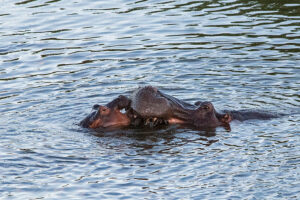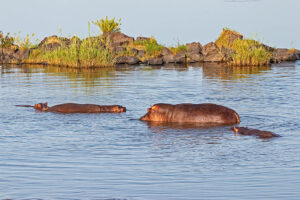Honorary Rangers
Our hosts for the weekend really went out of their way to make the weekend enjoyable. From ensuring our chalets were ready at arrival with little welcome gifts, ensuring the drives are organised and stocked with drinks and snacks to arranging wonderful dinners – they made sure everything went well. Every activity that they arranged was wonderful, but for me one of the highlights was the sundowners next to the Olifants river.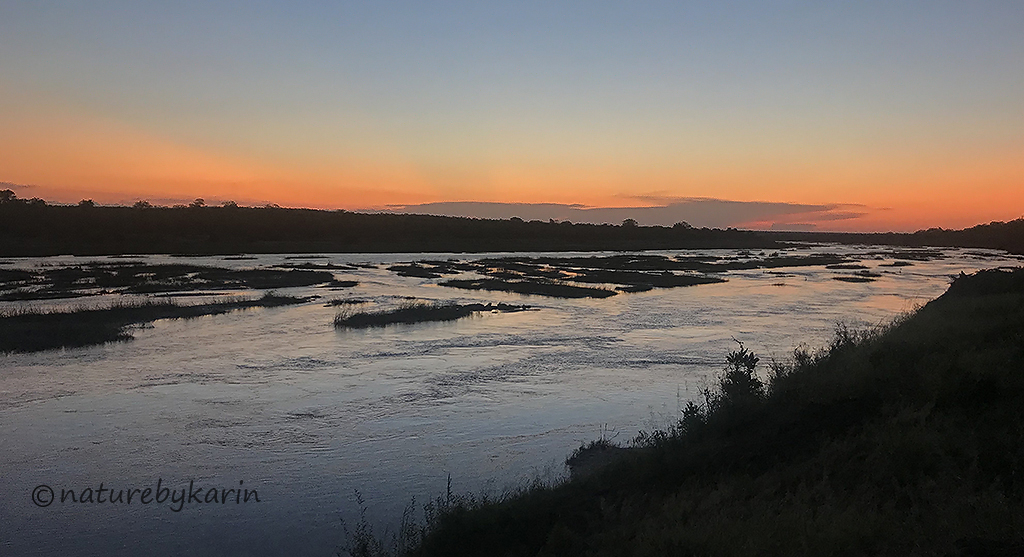
It was a wonderful evening that ended with a delicious dinner. It was my first birding weekend in Kruger with the Honorary Rangers, and I can definitely recommend it to anyone!
Hippo
There was a pool with quite a few hippos on the Letaba river not too far from the Letaba camp. From the Letaba River bridge I also spotted a few hippos in a small pool.
There were also some at the Nhlanganini Dam. This one looked cute with its pink legs.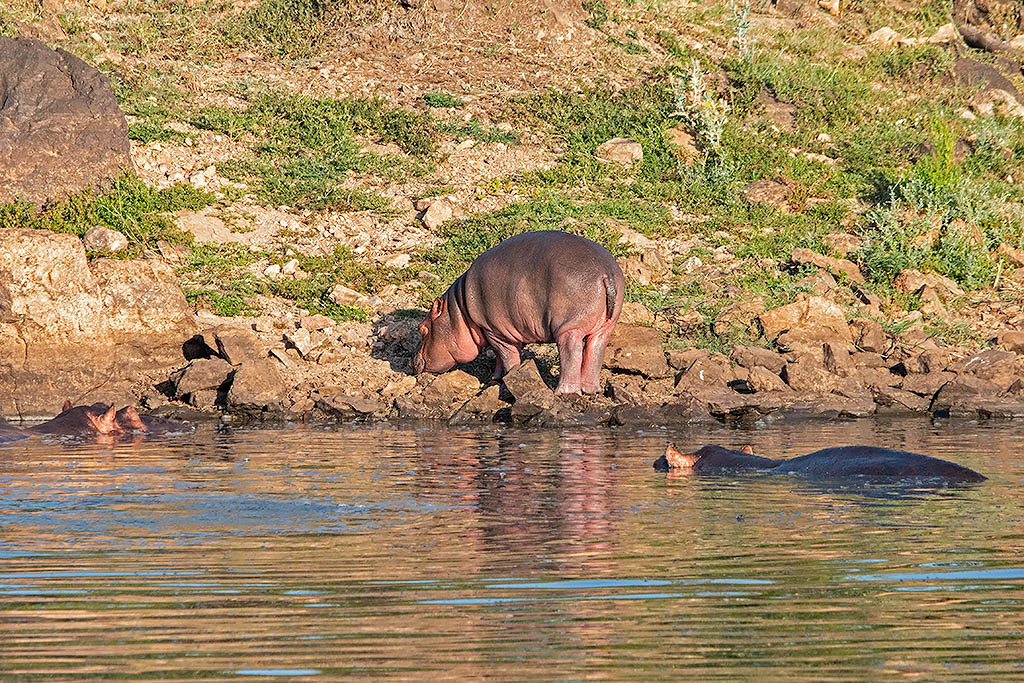
Hamerkop
There was a little bit of water in a culvert just outside Mopani. A Hamerkop arrived to see if there was anything for lunch, allowing some nice close-ups.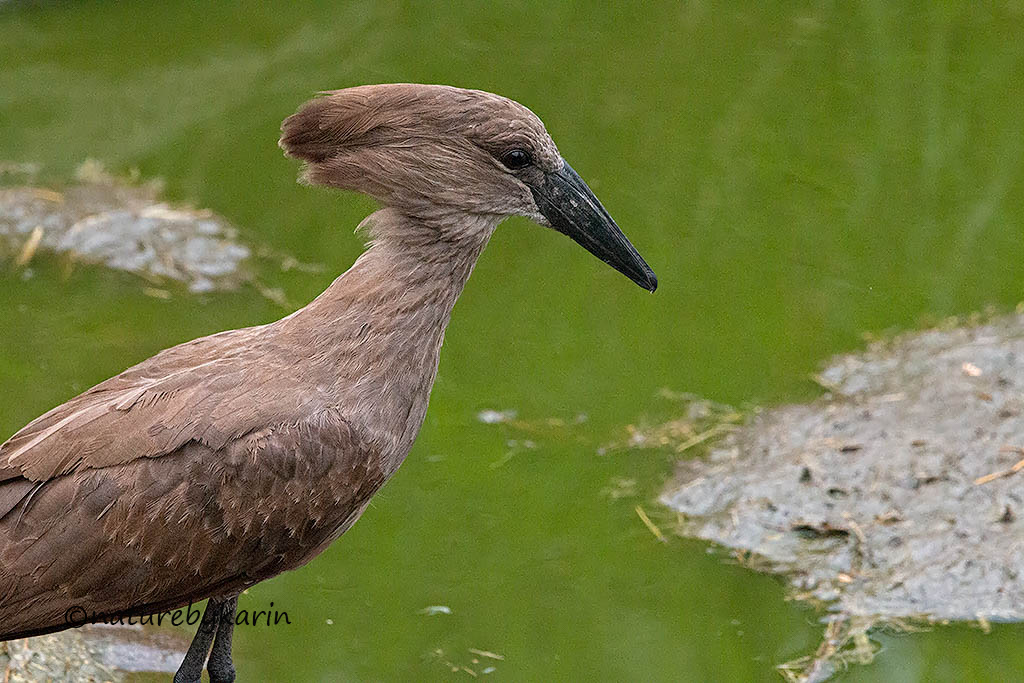
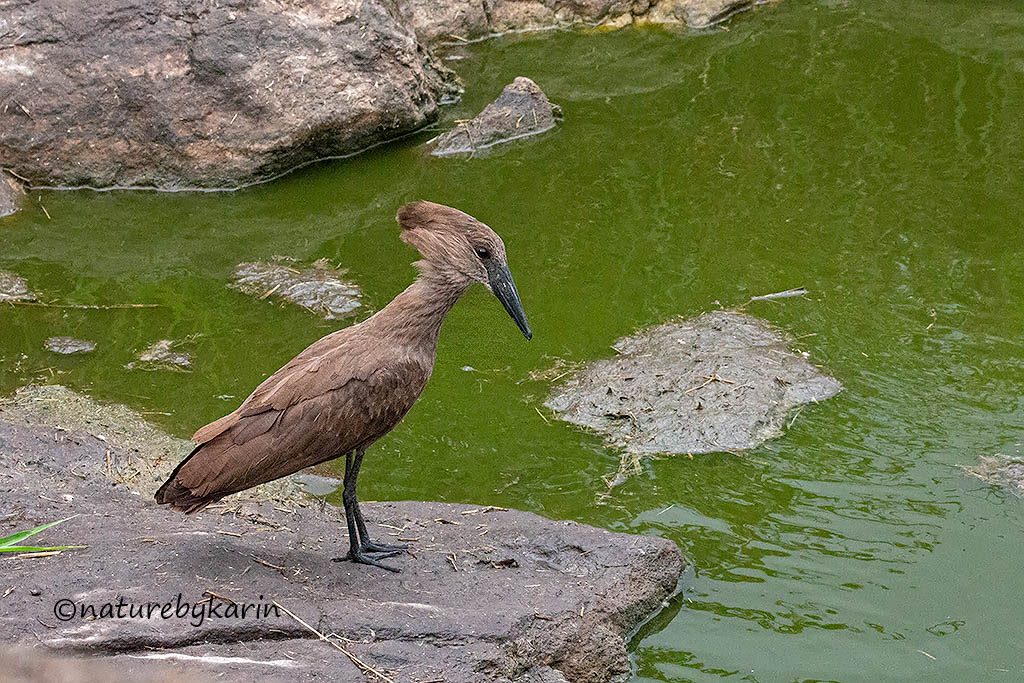
Herons
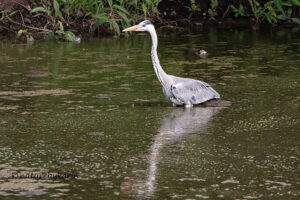 I saw six heron species during the trip. The first was a black-headed Heron at the Orpen webcam. I found a Grey Heron at the Sweni hide. And this beautiful Grey Heron was right next to the road at the causeway at the Shipandani hide.
I saw six heron species during the trip. The first was a black-headed Heron at the Orpen webcam. I found a Grey Heron at the Sweni hide. And this beautiful Grey Heron was right next to the road at the causeway at the Shipandani hide.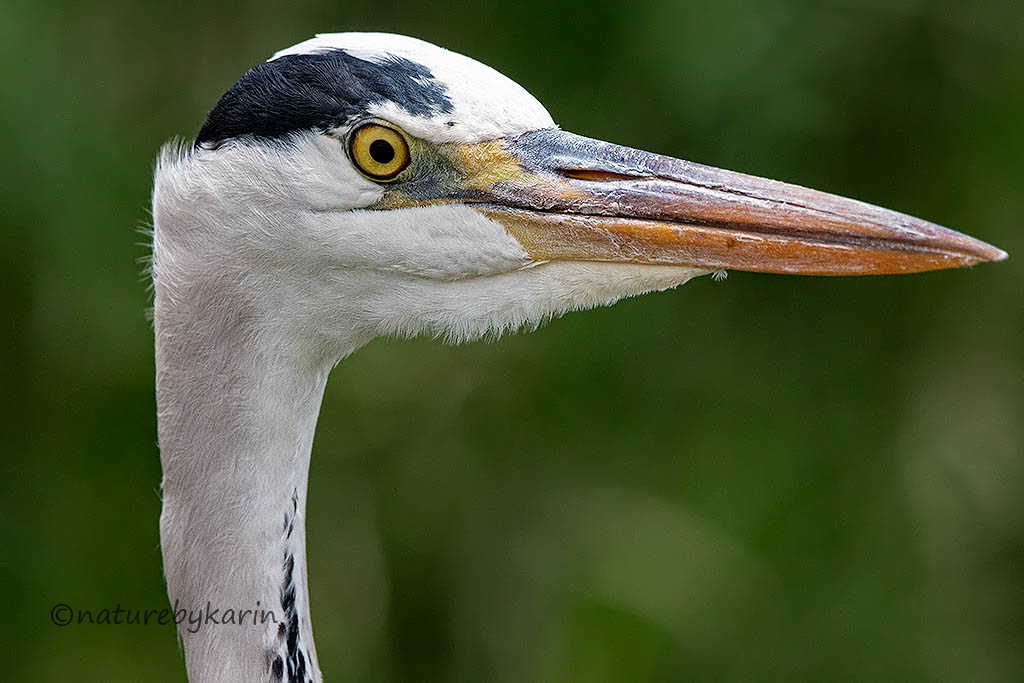
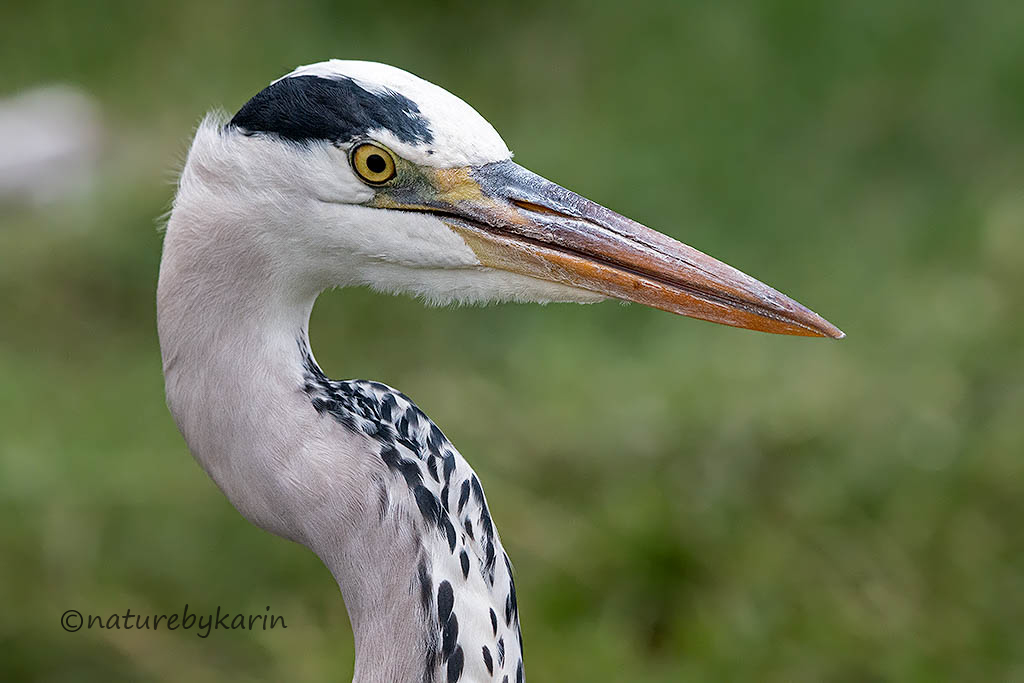
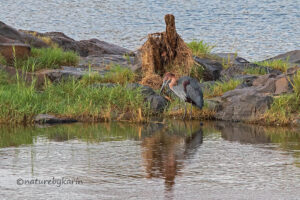 A Goliath Heron flew overhead while we were having breakfast on our Saturday morning drive. They are big birds, but you realise just how big they are when they fly. There was a Goliath Heron fishing in the Letaba River. I saw a few Green-backed Herons. There was one lurking at Sweni hide and another at the Shipandani causeway.
A Goliath Heron flew overhead while we were having breakfast on our Saturday morning drive. They are big birds, but you realise just how big they are when they fly. There was a Goliath Heron fishing in the Letaba River. I saw a few Green-backed Herons. There was one lurking at Sweni hide and another at the Shipandani causeway.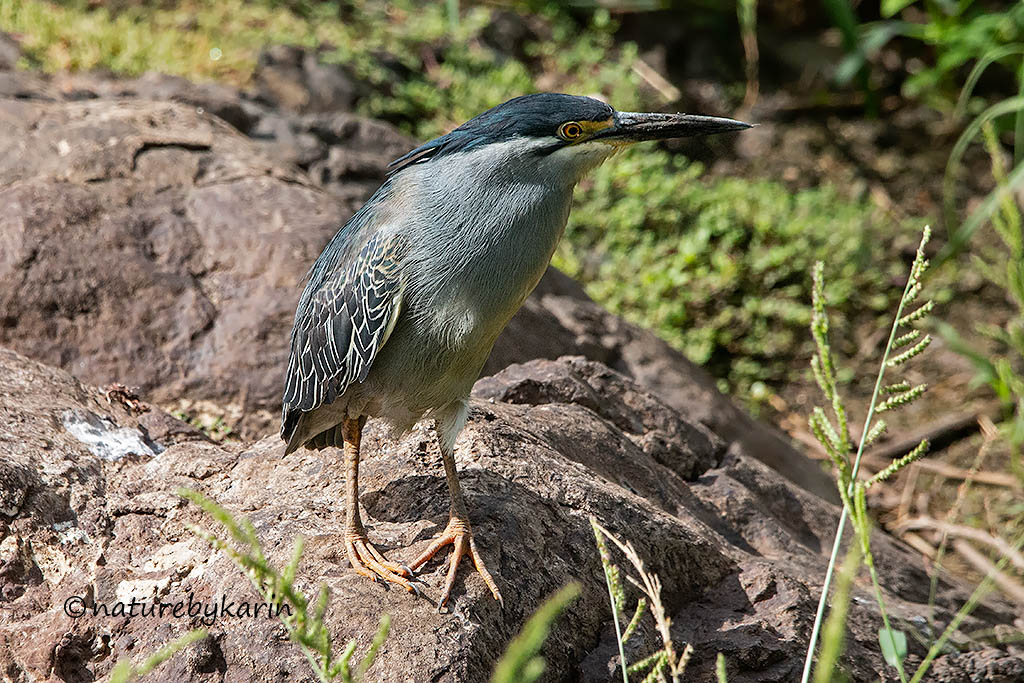
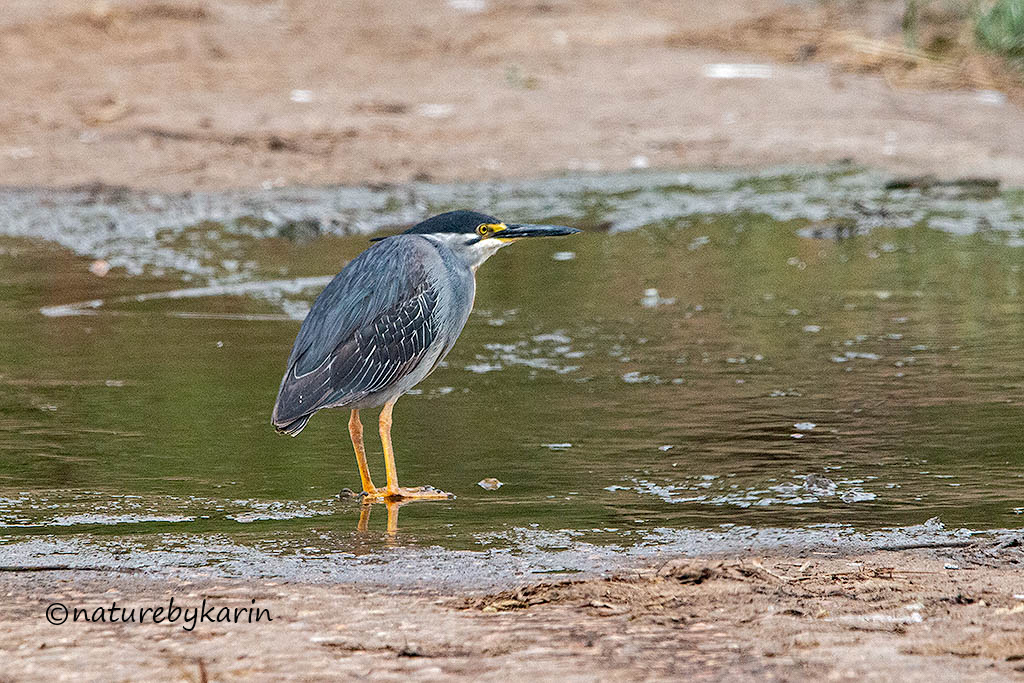
I am always happy to see Squacco Herons in Kruger, especially since it took quite a few visits before I saw one. I saw two during the trip, but they were a little to far for decent photos. And then we saw a heron even scarcer than the Squacco heron – a Black Heron also did a fly-by during out Saturday breakfast.
Footnote – in Afrikaans Herons and Egrets are called the same, so I will include Egrets here – I was lucky to see all three species – Great, Intermediate and Little Egret.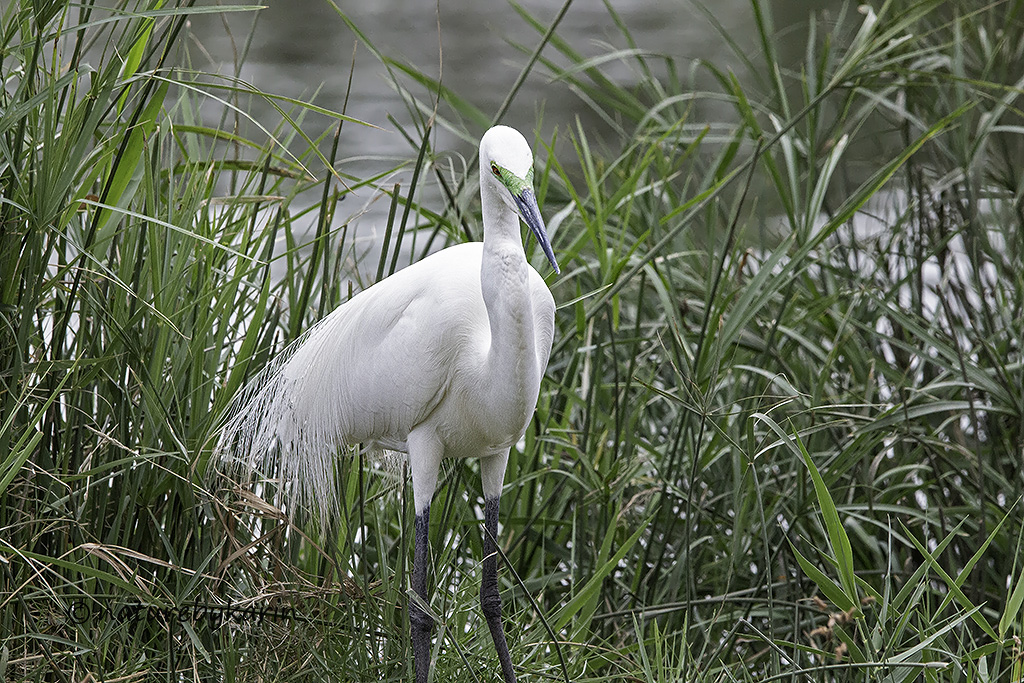
Next up: I is for …..
